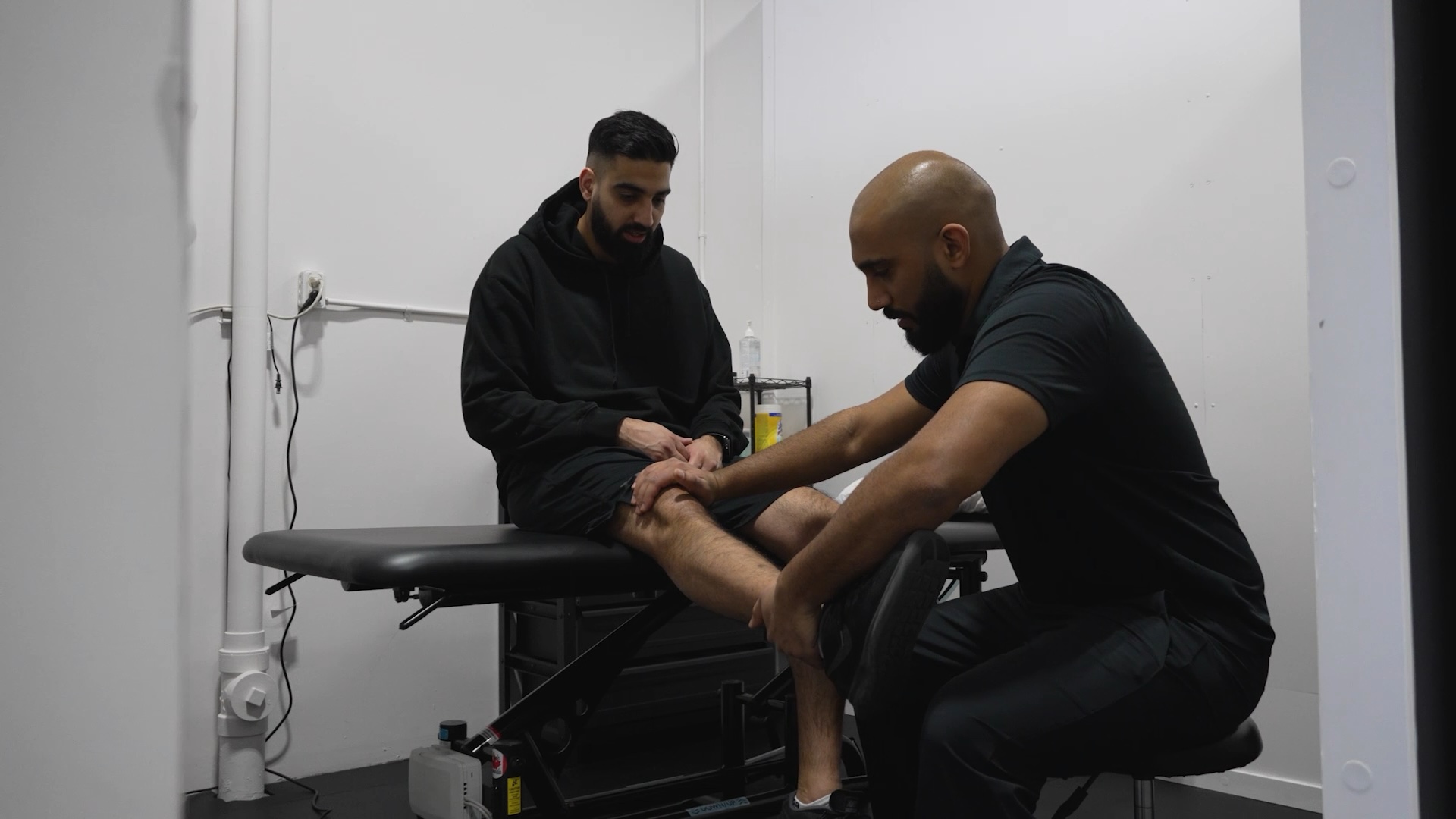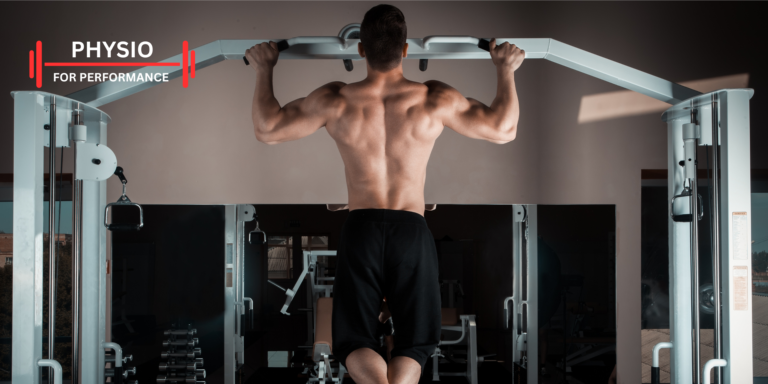Kinesiology and Ergonomics: Essential Strategies for Preventing Workplace Injuries
kinesiology in langley
Picture yourself working at your desk, feeling comfortable and pain-free throughout the day. This is what kinesiology and ergonomics aim to achieve in workplaces. By studying how your body moves and how your workspace is set up, you can reduce the risk of workplace injuries. These fields work together to make sure your environment supports healthy posture and movements.
A kinesiologist is like having a personal trainer, but with the added advantage of a university degree in human movement and body mechanics, allowing them to align your movements with greater precision and deeper expertise.
When your workspace fits your needs, you can focus better and avoid common problems like back pain or wrist strain. Ergonomics looks at details like chair height, desk setup, and even the angle of your computer screen. These adjustments can make all the difference in preventing pain and improving productivity.
Think about how much easier it is to move and work when your body feels right. With a kinesiologist’s expert guidance, which goes far beyond that of a standard personal trainer, you can tailor your movements and workplace setup to maximize comfort and prevent injuries. This combination helps you stay injury-free and more comfortable in your daily tasks.
Fundamentals of Kinesiology
Kinesiology is the study of how the body moves. It explores muscle groups, how the body maintains balance, and the efficiency of different movements. While personal trainers focus on fitness and exercise, kinesiologists use their in-depth understanding of human anatomy and biomechanics to ensure every movement aligns with the body’s natural structure, reducing the risk of injury.
Components of Kinesiology
Kinesiology involves studying bone alignment, muscles, tendons, and ligaments. These elements work together for movement. Knowing how these parts function helps in understanding movement efficiency.
A kinesiologist’s knowledge acts as the perfect bridge between fitness training and rehabilitation, making them uniquely equipped to design movement strategies that cater to both physical performance and injury prevention.
Muscles are key. They contract and relax for movement. Tendons connect muscles to bones, aiding this process. Joints act as pivot points. If one part does not work well, it affects the whole system. Coordination between these elements ensures smooth, effective motion.
Understanding Human Movement
Human movement includes walking, stretching, lifting, and other actions. Biomechanics is a part of kinesiology that looks at forces in movements. It studies the efforts needed for different actions and how to reduce stress on the body.
A kinesiologist applies the same principles personal trainers use but adds an extra layer of precision, thanks to their deeper knowledge of biomechanics and human physiology. For example, when lifting, proper posture minimizes injury risks. Flexibility is also crucial as it impacts the range of motion. Techniques in ergonomics apply this to make tasks easier and safer. This knowledge helps design better workspaces and equipment. It promotes health and reduces workplace injuries.
Ergonomics in the Workplace
Ergonomics reduces injury risk by adapting tasks and spaces to fit workers. It targets specific risk factors and offers practical solutions for safer work environments.
Ergonomic Risk Factors
Ergonomic risk factors are conditions that increase the chance of workplace injuries. Repetitive motions, such as typing or assembly line work, can lead to strain over time. Poor posture, like slouching in an office chair, adds pressure on muscles and joints.
Forceful exertion involves applying high levels of force, like lifting heavy boxes. Contact stress, which occurs when a part of the body is pressed against a hard surface, can cause nerve damage. Recognizing these risk factors is crucial in preventing injuries.
Implementing Ergonomic Solutions
To minimize these risks, you should consider adjusting your workspace. Use chairs that support your lower back and maintain good posture. Adjust the height of desks and monitors to avoid neck strain. Implement rest breaks for tasks involving repetitive motion. Our team at Physio For Performance is also qualified and prepared to guide you through every step of the road.
Kinesiologists, with their extensive academic background, are the ideal professionals to provide personalized movement strategies and ergonomic advice, helping workers stay both productive and injury-free.
For tasks requiring heavy lifting, use lifting aids or team lifting techniques to distribute weight. Creating ergonomic workstation layouts helps in maintaining a comfortable distance from work materials. These solutions, tailored for specific tasks, enhance safety and efficiency at work.
Injury Prevention Strategies
Helping to keep workplaces safe from injuries involves planning, education, and designing spaces that put health first. These strategies work together to reduce risks and support a safer work environment.
Risk Assessment
Identifying potential hazards is the first step to preventing workplace injuries. You should conduct regular inspections to spot anything unsafe, like slippery floors or heavy loads.
Use checklists and audit tools to guide your review. Pay attention to areas that people might overlook. Consider ergonomic factors such as poor posture or repetitive tasks that could lead to strain. Gathering feedback from employees helps you understand practical risks they face daily. Remember, a proactive approach saves you from dealing with more significant issues later.
Training and Education
Invest in proper training to equip employees with the knowledge to prevent injuries. Offer courses on safe lifting techniques, emergency procedures, and the use of safety equipment.
Unlike personal trainers who focus on general fitness, kinesiologists educate individuals with tailored strategies, combining scientific insights with real-world application to maintain long-term health.
It’s important to regularly update training materials and refresh courses to keep skills sharp. Encourage discussions and hands-on sessions to engage employees. When workers understand the importance of their safety, they’re more likely to follow procedures. Consider providing resources such as guides and online modules to ensure everyone has access to learning materials.
Designing for Safety
Creating a safe workplace design plays a crucial role in minimizing injuries. Arrange workstations to support good posture and ease of movement. Use ergonomic chairs, adjustable desks, and anti-fatigue mats to enhance comfort.
Proper lighting and adequate ventilation also improve safety and well-being. Use technology to monitor workplace conditions, like temperature and air quality. Implement clear signage to guide employees safely around the workspace. Regular maintenance checks ensure equipment and facilities remain in optimal condition. Small adjustments in layout can prevent big problems, helping to create a healthier and safer workplace.
Conclusion
Understanding kinesiology and ergonomics can significantly improve workplace safety. By applying these sciences, you can help prevent injuries such as strains, sprains, and repetitive motion injuries. Adjusting workstations and promoting proper body mechanics are key practices.
Kinesiologists, with their university-level expertise, are not just trainers—they are movement specialists who blend fitness, rehabilitation, and injury prevention into one comprehensive approach. This knowledge helps in planning safer work routines.
Ergonomics addresses the design of workspaces. When you arrange work areas to fit people’s needs, you reduce the chance of injury. Ergonomics involves using chairs, desks, and tools that support healthy body positions.
Incorporating these principles leads to a healthier work environment. Encouraging regular breaks and exercises supports body health and reduces fatigue. Sharing safety tips with coworkers enhances overall safety. Visit us at Physio For Performance in Langley, BC to learn more about keeping your workplace safe. We offer professional advice and personalized solutions to tackle workplace challenges effectively. Your safety is our priority.



